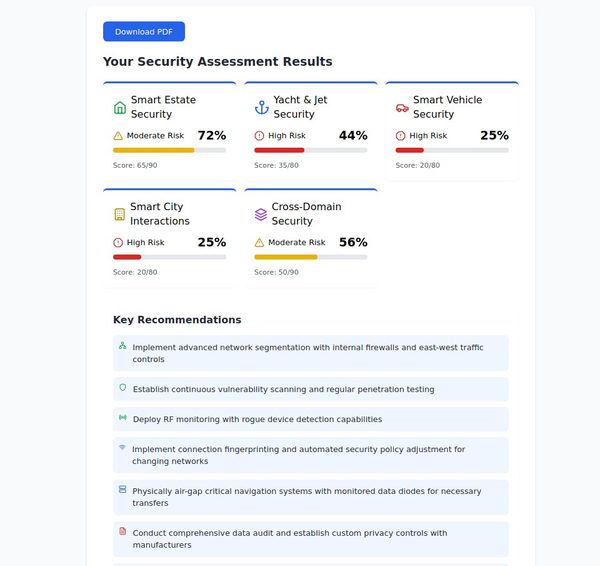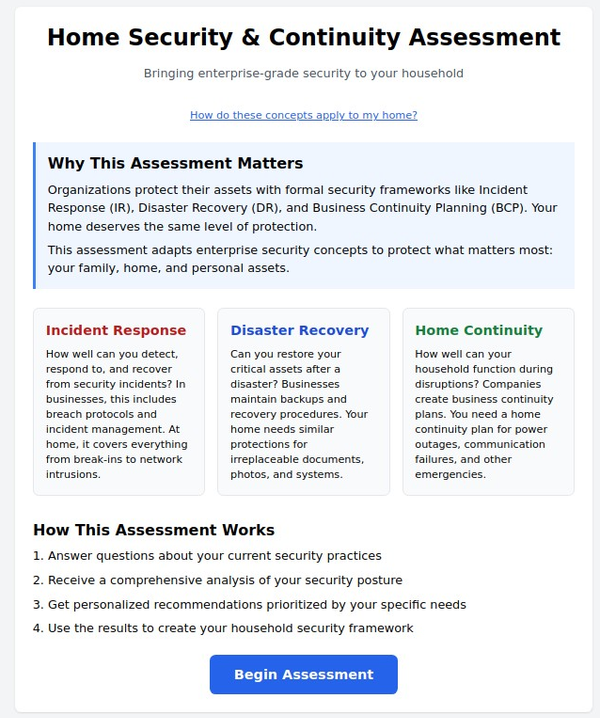The Impact of 5G Technology on Home Security: Faster Connectivity, Enhanced Capabilities

Summary: This article delves into the impact of 5G technology on home security systems. It discusses how faster connectivity, low latency, and increased device capacity offered by 5G networks enable advanced home security capabilities.
Introduction: The arrival of 5G technology has brought forth a new era of connectivity, promising faster speeds, lower latency, and greater capacity. Beyond the realm of mobile communication, 5G technology is set to impact various industries, including home security profoundly. In this article, we will explore the implications of 5G technology on home security, highlighting the benefits of faster connectivity and its enhanced capabilities.
Faster Connectivity and Real-time Surveillance:
One of the most significant impacts of 5G technology on home security is faster connectivity, enabling real-time surveillance and response. Here's how it revolutionizes home security:
a. Enhanced Video Streaming: With its high data transfer rates, 5G technology enables seamless live streaming of high-resolution video footage from surveillance cameras, ensuring real-time monitoring and improved situational awareness.
b. Reduced Latency: The low latency of 5G technology minimizes the delay between camera feeds and monitoring systems, enabling quicker response times and more immediate notifications in case of security breaches.
c. Remote Access and Control: 5G connectivity allows homeowners to remotely access and control their home security systems with minimal lag, providing the ability to view camera feeds, arm/disarm alarms, and manage security settings from anywhere, anytime.
Internet of Things (IoT) Integration:
5G's expanded capacity and improved network efficiency pave the way for seamless integration of IoT devices into home security systems. Here's how it enhances capabilities:
a. Increased Device Density: 5G can support a significantly larger number of connected devices per square kilometer compared to previous generations. This enables homeowners to deploy a wider range of IoT security devices, such as smart sensors, locks, and motion detectors, without sacrificing network performance.
b. Enhanced Automation and Interconnectivity: 5G facilitates faster and more reliable communication between IoT devices, allowing for improved automation and interconnectivity within the home security ecosystem. For example, when a motion sensor is triggered, it can instantaneously communicate with other devices to activate cameras, send notifications, or sound alarms.
c. Real-time Data Analytics: With 5G's high bandwidth and low latency, IoT devices can transmit data in real-time, enabling sophisticated data analytics for proactive security measures. Advanced analytics algorithms can quickly analyze data from multiple sensors to detect patterns, anomalies, and potential security threats.
Advanced AI and Machine Learning:
5G technology accelerates the capabilities of artificial intelligence (AI) and machine learning (ML) in home security applications. Here's how it enhances intelligence and automation:
a. Edge Computing and AI at the Edge: 5G's low latency enables AI processing to occur at the edge of the network, reducing reliance on cloud computing. This allows for faster decision-making and real-time analysis of security-related data.
b. Intelligent Video Analytics: With 5G's high bandwidth, surveillance cameras can transmit high-resolution video feeds to AI algorithms for advanced video analytics in real-time. This opens up possibilities for features like object detection, facial recognition, and behavioral analysis to detect suspicious activities or unauthorized access.
c. Predictive Analytics and Threat Detection: Combining 5G's speed with AI and ML capabilities enables predictive analytics and proactive threat detection. Smart home security systems can learn from historical data, identify potential security vulnerabilities, and take preventive actions to mitigate risks.
Scalability and Future-Proofing:
5G technology offers scalability and future-proofing capabilities for home security systems. Here's why it is advantageous:
a. Flexibility for System Expansion: 5G networks can easily accommodate the addition of new security devices and accommodate increased data traffic, providing flexibility for homeowners to expand their home security systems as needed.
b. Support for Emerging Technologies: The advanced capabilities of 5G technology pave the way for integrating emerging technologies, such as virtual reality (VR), augmented reality (AR), and immersive security experiences, enhancing overall home security and user experience.
c. Long-term Investment: With its long-term viability and compatibility with future technologies, investing in 5G-based home security systems ensures that homeowners are equipped with the latest advancements in connectivity and capabilities.
Conclusion: The advent of 5G technology brings significant advancements to the realm of home security. Faster connectivity, real-time surveillance, seamless IoT integration, advanced AI capabilities, and future-proofing benefits make 5G a game-changer for the industry. As 5G networks continue to expand and mature, homeowners can expect more efficient, intelligent, and reliable home security systems that provide heightened protection and peace of mind. Embracing the potential of 5G technology in home security opens doors to a safer and smarter future.





